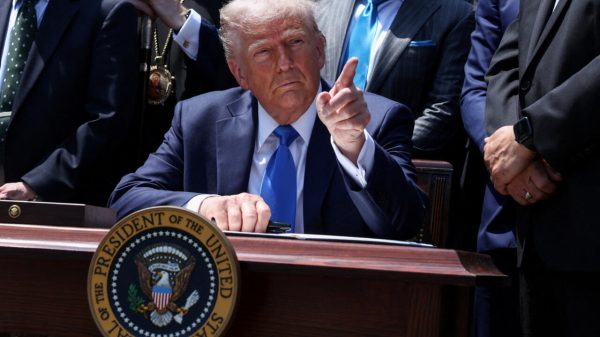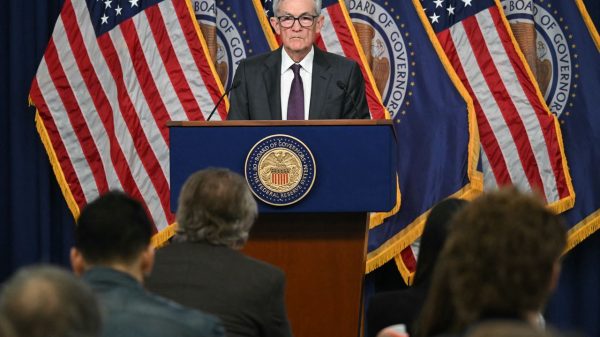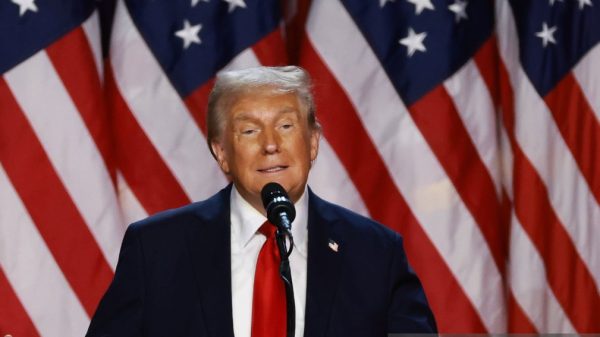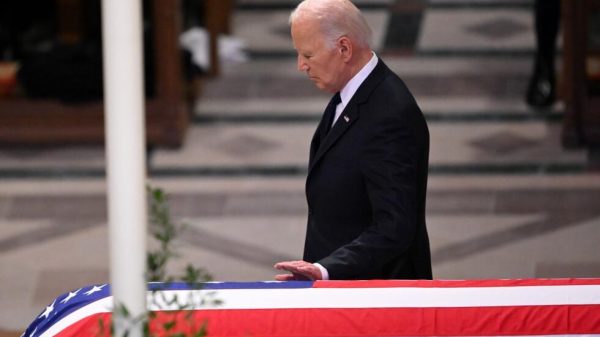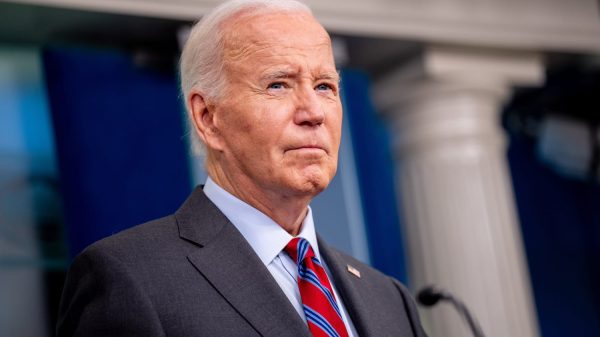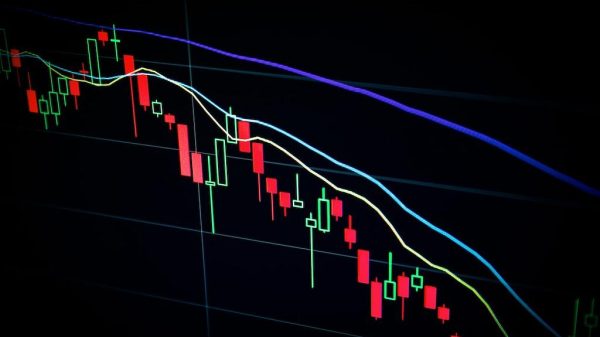Asian markets showed a mixed performance on Tuesday as traders remained on edge over Donald Trump’s next steps after he approved 25% tariffs on steel and aluminum imports, hinting at further measures to come.
The U.S. president has followed through on his campaign promises to take a tough stance on trade negotiations, aiming to secure concessions on various issues, including commerce, immigration, and drug trafficking.
While global stocks rallied on Monday, Asian markets struggled to maintain momentum the following day. Hong Kong fluctuated between gains and losses, while Shanghai and Singapore saw declines. In contrast, markets in Seoul, Sydney, and Taipei recorded gains.
Trump announces 25% tariffs on foreign steel and aluminum
The uncertainty surrounding Trump’s trade moves has driven investors toward safe-haven assets, pushing gold to record highs.
On Monday, gold surpassed $2,900 for the first time and extended its rally on Tuesday, reaching a new peak above $2,938.
“This is still very early days,” said Marc Chandler, chief market strategist at Bannockburn Global Forex in New York. “The market’s just sort of chopping around rather than really directional right now.”
Despite Trump’s aggressive trade stance, equities have remained resilient since he took office. London and Frankfurt even reached record highs on Monday, with analysts noting that the trade measures implemented so far have been less severe than initially feared.

Asian Stock Market
However, caution persists in the financial markets as investors await further developments from the White House. Maurice Obstfeld, senior fellow at the Peterson Institute for International Economics, warned: “The degree of uncertainty about trade policy has basically exploded.”
Charu Chanana, chief investment strategist at Saxo Markets, echoed these concerns, stating: “These expanding trade actions beyond previous threats to Canada, Mexico, and China are leading to potential new import restrictions and retaliation, signaling more bouts of volatility for investors.
“Tariffs are being used not just to tax imports but also as tools for national security, economic leverage, and revenue generation, indicating a shift towards long-term economic policy rather than short-term trade disputes.”
Investors are also wary that Trump’s tariffs, combined with tax cuts and deregulation, could fuel inflation and compel the Federal Reserve to maintain high interest rates. These fears have strengthened the U.S. dollar against most major currencies.
Key economic data, including consumer and producer price index readings set for release this week, will offer fresh insights into inflation trends. Meanwhile, Federal Reserve Chairman Jerome Powell is scheduled to testify before U.S. lawmakers, with markets closely analyzing his remarks for clues about the central bank’s rate plans.
Current forecasts suggest the Fed may implement, at most, two interest rate cuts this year.





